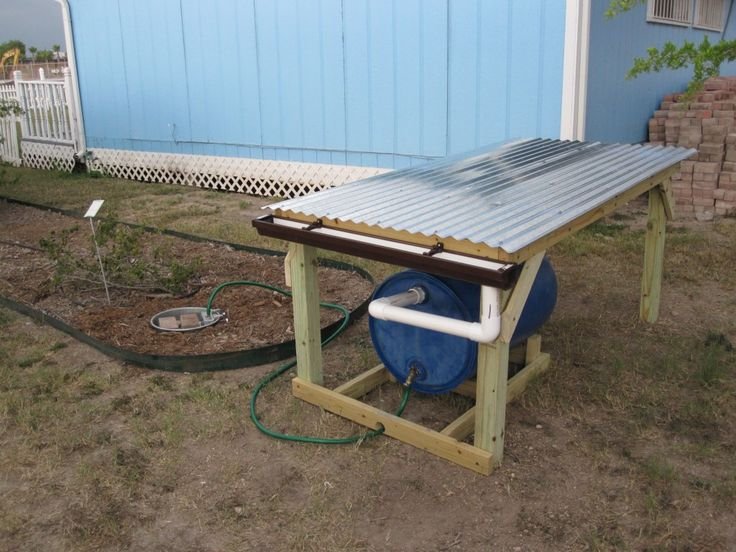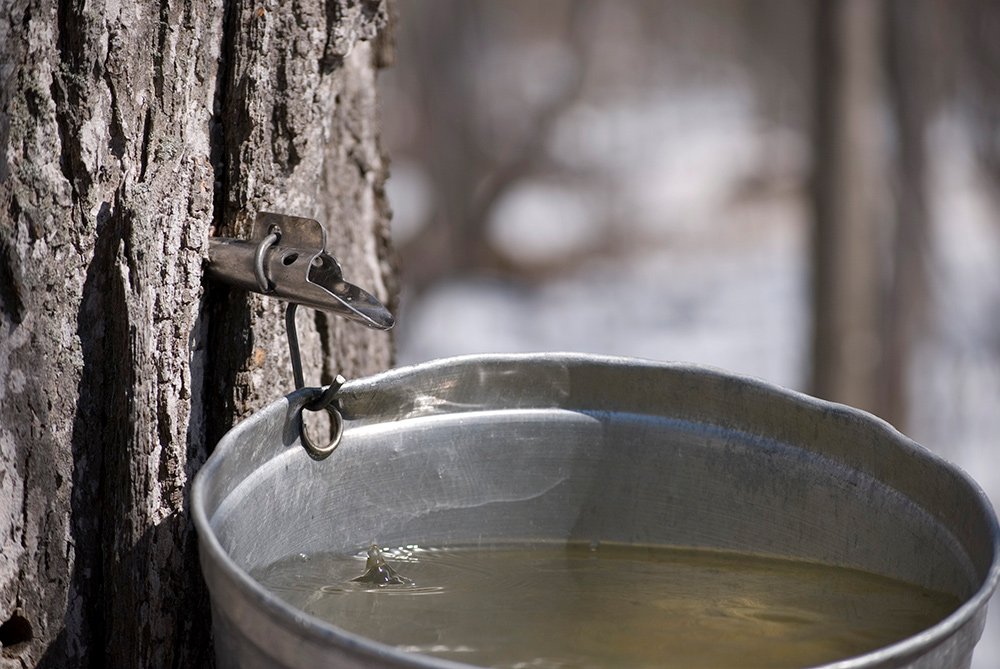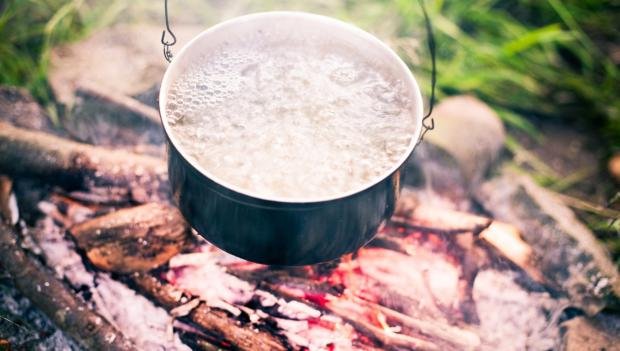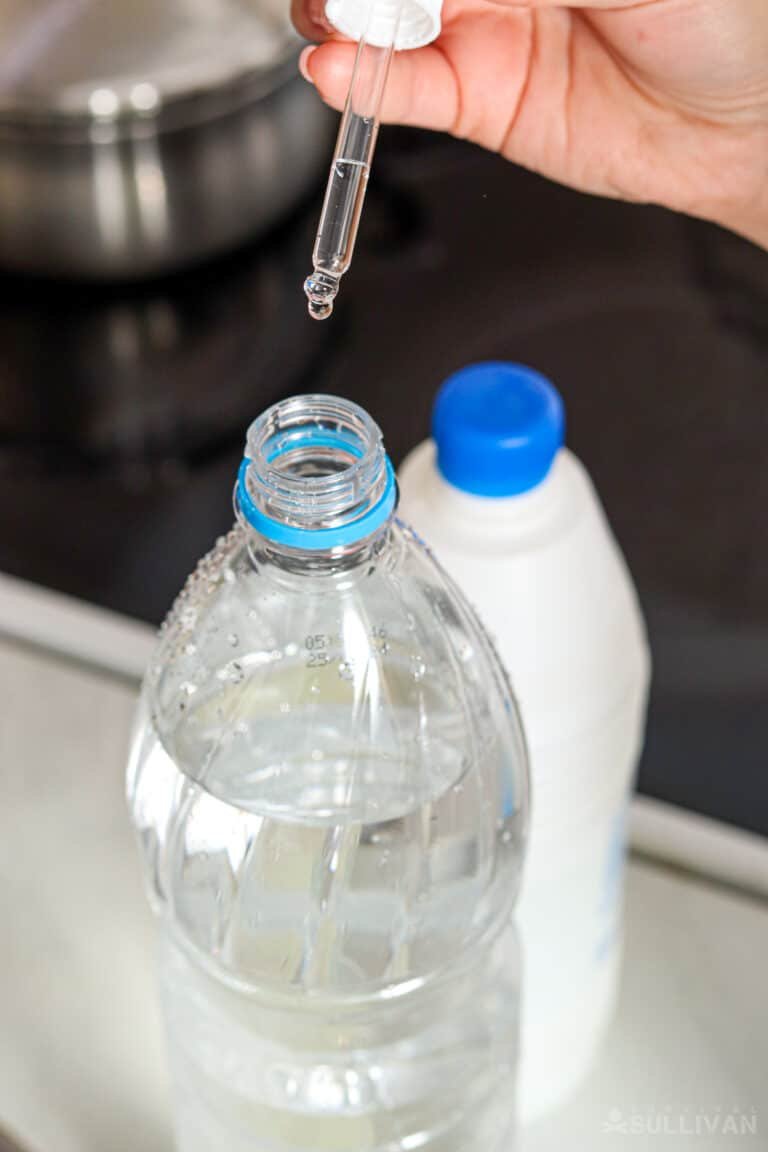Water: The Elixir of Life
With water sources withering and scorching heat waves beaming down in all parts of the world we’re beginning to see exactly how important water is for everyday life. Today we’re going to discuss some options you have for not only obtaining water but purifying and storing that water as well. Let’s dive in!
Where to find
Water is available through a plethora of sources. A few of these sources are waterways, precipitation, food, the ground, trees, and even the air! Waterways include things like streams, canals, rivers, lakes, oceans, and seas. Precipitation includes but isn’t limited to rain, snow, hail, sleet, and drizzle. Food can be anything with a moisture content, such as fruits, veggies, meats, etc. The ground has water underneath it. Trees are full of water, that’s how they grow! The air is filled with water, the only question is, how do we obtain it?
Good vs Bad
Although we can obtain water from all these separate sources, that DOES NOT mean all water is created equal. First let’s talk about salt water, the amount of salt in salt water is deadly to humans and should NOT be ingested, regardless of the situation. Salt water will dehydrate the human body more than it will hydrate it, salt water contains more salt that our bodies could possibly process. Another potentially dangerous water source is stagnant water, typically confined to a small pond. Stagnant water usually has no flow of water, rather it just sits there over time. This is easy to identify due to it’s unpleasant smell and there is often no life living the habitat. This also goes for contaminated water sources, which can be any waterway. If you notice there is no life in that habitat, it’s likely best to avoid that water source altogether. Even with a water purification tool you’re better off avoiding those contaminated water sources because you don’t know what’s in that water! So long as you have a free-flowing water source that supports life and comes from a reliable source, rest assured that water is safe to drink.
Collection
After determining which water sources are safe for us to drink, we need to determine how we’re going to obtain that water. Below we have some examples on harvesting water from several sources:
Waterways
Runoff pond
Pumping directly from source
Runoff to a disclosed location
Precipitation
55 gallon water drum with roof runoff collection
Waste can with collection bin
IBC totes with PVC coming from gutter
Food
Juicing Fruits/Vegetables
Consume water from canned foods
Consume foods that have high amounts of water content
Ground
Tap underground water pipes
Dig until you hit groundwater
Dig a well
Trees
Precipitation or morning dew from tree leaves
Wrapping Ziploc bag over tree leaves
Tapping trees
Air
If you’re in a humid environment you can trap the humidity in a Ziploc bag and it will change form into a complete liquid!
Purification
After we’ve determined the best source of our water and how we’re going to harvest from that source, next is purifying our water. It is important to note that water cannot expire, yet it becomes contaminated based on the environment around it. We can purify water several ways and even combine methods! Below is a complete list and multiple reference charts to purifying water:
Boiling
Boiling water is one of the most basic purification methods, yet the most common. Boil your water at a rolling boil for at least 15 minutes, do not use water sources that cannot support life. Boiling water will not remove some chemicals, so keep this in mind when choosing a source.
Bleach
Bleach is a common go-to method for purifying water. When using this method, verify the bleach you’re using is not contaminated or expired. After it’s expiration date, bleach loses 20% of it’s effectiveness as each year passes. Bleach is corrosive to plastic so do not use bleach in plastic containers for long periods of time as a precaution, rather, glass is preferred. Below is a guide for using bleach to disinfect water:
Water Purification Droplets
Water purification droplets are a common and typically safe method for purifying water so long as the provided guidelines are followed. Depending on the brand and type of water purification droplets you have, your instructions will vary. Be sure to read the instructions carefully as some water purifications droplets are highly corrosive and will damage your skin, your internal organs, and even your containers if used improperly.
Water filter
There are hundreds of different water filters, for the sake of this article we’re going to focus on the on-the-go water filters. These filters use reverse osmosis and additives like charcoal to filter out the contaminants in addition to iodine to purify the water as it travels through the filter. Keep in mind these filters cannot filter out harsh chemicals or all microcontaminants- just most. Use these with caution, as you’re better off using them in a visibly cleaner body of water as opposed to a dirty or contaminated one.
Reverse Osmosis
Reverse osmosis is the method of using high amounts of pressure to purify water through a membrane or filter designed to remove all contaminants. A graph is attached to provide a physical representation of the process. Reverse osmosis is often costly and wastes more water than it produces. It also removes healthy minerals from the water which reduces it’s pH level. Reverse osmosis systems typically have 3 filter stages: sediment, carbon, reverse osmosis.
Distillation
Distillation is an effective purification method but it takes a very long time as the water is purified one drop at a time. Distillation is a more effective method than others but it takes much, much longer. One of the major benefits of reverse osmosis is it is a passive system. As vapors rise they run down a slanted tube and cool as they pass to a collector for the distilled water. Vapors that fall as running down the tube are drained out.
Water Purification Tablets
Water purification tablets are a great on-the-go water purification solution but there are 2 drawbacks. Some water purification tablets are extremely corrosive and similar to water purification droplets, they can corrode containers, skin, and internal organs if not used in the appropriate amount of water. The second drawback is they typically take hours to break down completely and purify your water. That being said, they are small, easy to store, very effective, and their packaging is durable.
Iodine Addition
Iodine is an effective water purification method for killing viruses, bacteria, and protozoa. The downside of iodine is the colder the water is, the more time it will take to purify water. The iodine dosage will vary because iodine can be absorbed in contaminants naturally found in water, on top of the PVI % of your iodine. Be sure to read your directions carefully as too much iodine can make you nauseated while will dehydrate you faster.
Storage
Water storage is just as important as water collection and water purification because without water storage, we’d have nowhere to store our water! Purified water is primarily stored for two main purposes- short term usage and long term usage. Short term water storage is typically stored between 6 months - 1 year. Long term water storage starts at a year and can be indefinite if stored properly. For short term water storage we can use food grade plastic and food grade metal containers. We want to use plastics and metals for short term storage because if we keep water in these containers for too long, the containers will begin breaking down in the water. Even if kept in a cool, dry place these containers will break down over time. The only exception is containers with a special lining for storing water, this is extremely important to remember. It’s best practice to rotate the containers every 6 months - 1 year. For long term storage we can use glass containers, as glass will not breakdown into our water and if kept in a cool, dry place will last indefinitely. Below are some examples of containers we can use for short and long term water storage:
Short Term
IBC totes
Food grade metal containers
Water bottles
Food grade plastic containers
Long Term
Mason Jars
Glass containers with airtight locking lid
Glass container with sealable lid and locking lid
As always we highly recommend using your local, state, and federal resources to verify all the methods you’ve read here today. If you learned or agreed with anything you read, we ask for your support. Please visit our social pages and give us a follow as well as subscribing to our Patreon if you’re able to do so. All of which can be located at the top of our homepage. Thank you and God bless, Stay Sanctified!
































